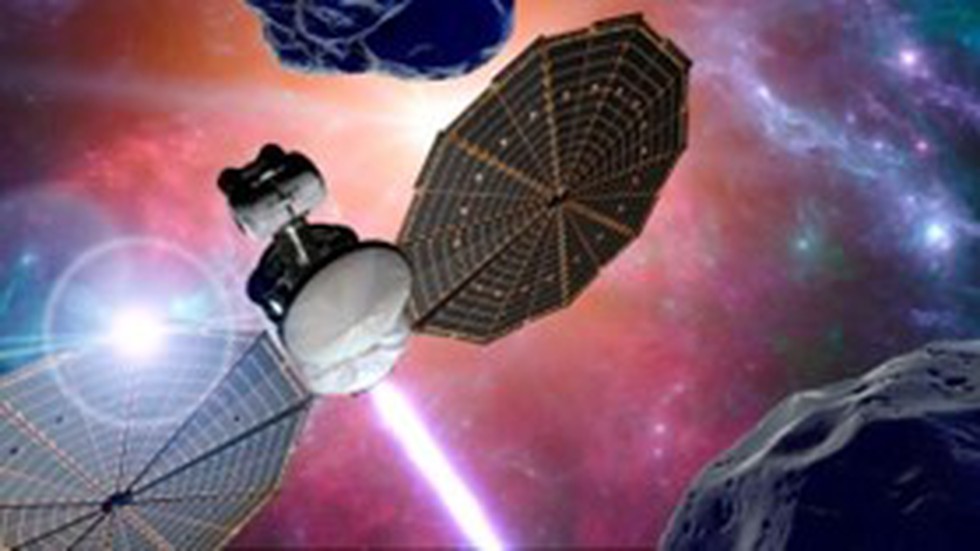About Lucy Mission:
- It is a first-of-its-kind mission of NASA that will explore Jupiter’s elusive Trojan asteroids.
- It was successfully launched on October 16, 2021, from the Kennedy Space Centrein Florida, US.
- Over its 12-year mission, Lucy will explore a record-breaking number of asteroids: it will fly by two in the belt of asteroids that circle the Sun between the orbits of Mars and Jupiter, and then 10 Trojans, which includes five asteroid targets and the satellites of three of those.
- Lucy will also fly by Earth three times to get a push from its gravity, making it the first spacecraft to return to the vicinity of Earth from the outer solar system.
- The spacecraft carries two infrared spectrometers and four cameras.
What are Trojan Asteroids?
- Asteroids that share an orbit with a planet but are located at the leading (L4) and trailing (L5) Lagrangian points are known as Trojan asteroids.
- These asteroids occupy a stable Lagrangian point in a planet’s orbit around the Sun.
- They are some of the oldest remnants from the formation of our solar system5 billion years ago.
- There are currently over 4,800 known Trojan asteroids associated with Jupiter.
- They orbit the Sun in two loose groups: one group leading ahead of Jupiter in its orbit, the other trailing behind at the same distance from the Sun as Jupiter.
What is a Lagrange point?
- Lagrange Points are positions in space where the gravitational forces of a two-body system like the Sun and the Earth produce enhanced regions of attraction and repulsion.
- Lagrange Points are positions where the gravitational pull of two large masses precisely equals the centripetal force required for a small object to move with them.
- These can be used by spacecraft to reduce fuel consumption needed to remain in position.
